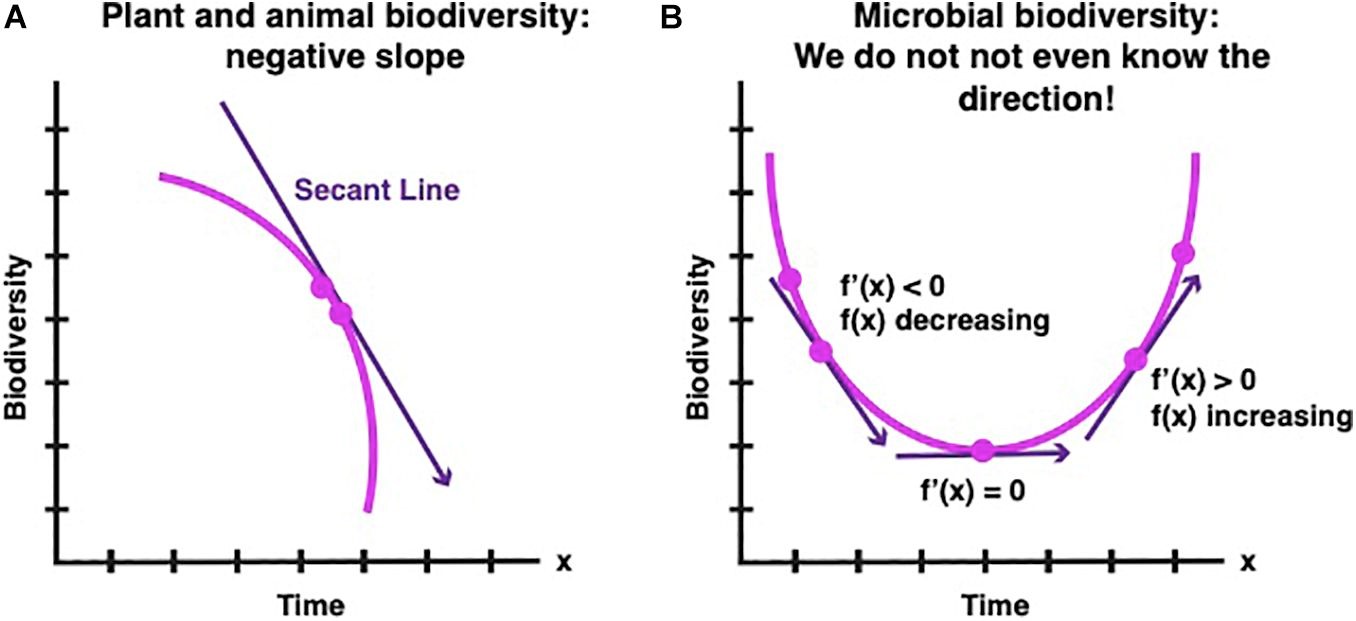Images from “Is Global Microbial Biodiversity Increasing, Decreasing, or Staying the Same?” David S. Thaler, Frontiers in Ecology and Evolution, 19 April 2021 | https://doi.org/10.3389/fevo.2021.565649
With alarms sounding about the declining diversity of plants and animals, a related question with equally profound implications concerns whether the variety of microbial life is changing too. In contrast to what we know of the world of plants and animals, we have a far weaker grasp on the question of whether global microbial diversity is increasing, decreasing, or staying the same.
In an article published in 2021, Is global microbial biodiversity increasing, decreasing, or staying the same? PHE guest investigator David Thaler asks how scientists can define and measure microbial biodiversity and whether genomic and metagenomic data on microbes might provide answers, obviating the need for comprehensive surveys.
The work on microbial biodiversity draws on PHE research investigating new ways of defining biological species. In 2016, PHE researchers Mark Stoeckle and David Thaler examined alternative definitions for “species” in both the microbial and the macroscopic world in their paper Bridging two scholarly islands enriches both: COI DNA barcodes for species identification versus human mitochondrial variation for the study of migrations and pathologies. Earlier work by Stoeckle and others looked at using the DNA barcoding method to document the range of genetic variation in populations of birds. Current efforts focus on expanding this work to determine whether other species can be understood more generally as clusters in a “genetic sequence space”.
